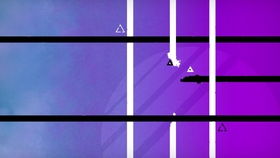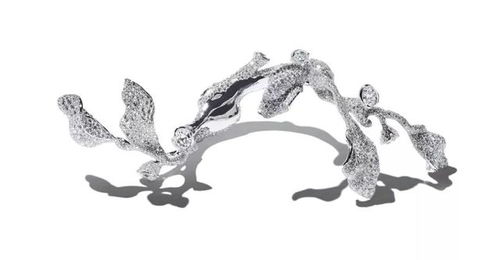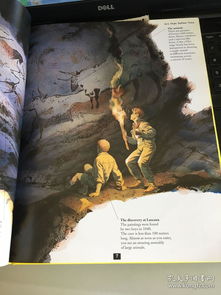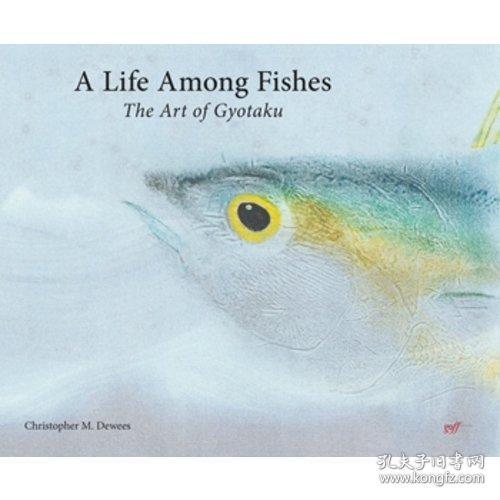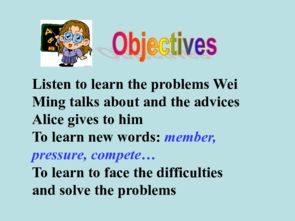Content:
Introduction: Fishing is an ancient activity that has been enjoyed by people of all ages for centuries. It is not only a relaxing pastime but also a skill that can be passed down from generation to generation. Teaching fishing techniques and methods is a rewarding experience that allows you to share your passion with others. Whether you are a beginner or an experienced angler, this article will provide you with valuable insights on how to learn and teach fishing techniques effectively.
Understand the Basics: Before you can teach others how to fish, it is crucial to have a solid understanding of the basics. Familiarize yourself with different types of fishing equipment, such as rods, reels, lines, hooks, and lures. Learn about the various fishing techniques, including casting, retrieving, and knot tying. Additionally, gain knowledge about different fish species, their habits, and preferred baits.
Develop Your Skills: To be an effective teacher, you need to be proficient in the techniques you are teaching. Practice casting, retrieving, and knot tying until you can perform them with ease and precision. Spend time on the water, experimenting with different fishing methods and baits. This hands-on experience will enhance your understanding of the intricacies involved in fishing and enable you to provide valuable guidance to your students.
Plan Your Lessons: Before teaching others, plan your lessons carefully. Determine the goals of each session and the level of knowledge and experience of your students. Break down the fishing techniques into smaller, manageable steps and create a structured lesson plan. Consider including activities such as casting practice, identifying fish species, and learning about the local ecosystem.
Communicate Clearly: Effective communication is key to teaching fishing techniques. Use simple, clear language to explain the steps involved in each technique. Demonstrate the correct form and provide verbal instructions to guide your students. Encourage them to ask questions and address any confusion promptly. Remember, everyone learns at their own pace, so be patient and adapt your teaching style to accommodate different learning styles.
Provide Hands-On Instruction: Teaching fishing techniques is best achieved through hands-on instruction. Allow your students to practice casting, retrieving, and knot tying under your guidance. Offer constructive feedback and correct any mistakes they make. Encourage them to experiment with different techniques and baits to find what works best for them. Remember, repetition is essential for mastering fishing skills.
Share Safety Tips: Safety should always be a priority when teaching fishing techniques. Educate your students about the importance of wearing appropriate attire, such as a life jacket and sunscreen. Teach them how to handle fishing equipment safely and how to avoid common hazards, such as hooks and sharp edges. Emphasize the importance of following local fishing regulations and respecting the environment.

Encourage Conservation: Teach your students about the importance of conservation and sustainable fishing practices. Discuss the impact of overfishing and habitat destruction on fish populations and ecosystems. Encourage them to release fish that are not legal to keep and to practice catch-and-release fishing when possible. Teach them how to handle fish properly to minimize stress and increase their chances of survival.
Provide Resources: Equip your students with the necessary resources to continue learning and improving their fishing skills. Provide them with fishing guides, books, and online resources that offer detailed information on fishing techniques, fish species, and conservation efforts. Encourage them to join local fishing clubs or attend fishing workshops to further enhance their knowledge and skills.
Conclusion: Teaching fishing techniques and methods is a fulfilling endeavor that allows you to share your passion with others. By understanding the basics, developing your skills, planning your lessons, communicating effectively, providing hands-on instruction, emphasizing safety, promoting conservation, and offering resources, you can become an effective fishing instructor. Remember, the joy of teaching lies in watching your students grow and develop their own love for fishing.

